Siding protects your home from the elements and contributes a great deal to curb appeal. Your budget and the climate you live in should determine which type you choose. There are various types and siding costs vary by material and installation factors. Expensive siding is worthless if it can’t hold up to the elements and requires too much maintenance and constant repairs. Instead, look for reasonably priced siding that will endure the elements and last. Here are some of the most common types of home siding and the climates in which they excel:
Vinyl

Vinyl is the least expensive siding. It is the most popular type for warm, humid climates; however, given its vulnerability to the elements, it is a poor choice for cold-winter climates. Additional considerations for vinyl siding include:
- Doesn’t flake or rot
- Stands up to heat and wind
- Comes in a range of colors and designs
- Can closely resemble wood grain or vintage siding
- Requires occasional maintenance
- Will fade slightly
Homeowners in the south invest in this vinyl siding because it is resistant to humidity. It is also inexpensive and relatively easy to install, which should reduce the estimated cost from local siding installers. Given its vulnerability to weather, vinyl may require repairs after a major storm.
Renovating your home?
Find out what your home's worth, edit facts, and see the impact of home projects.
Stucco
Renovating your home?

Stucco is the best option for homeowners who live in dry climates such as the Southwest. Stucco is inexpensive, but labor costs associated with stucco are higher than those associated with other options. You can paint stucco to complement any landscape.
Stucco is not a good choice for those who live in humid climates that experience frequent rain, such as the Pacific Northwest. The wood framing underneath is susceptible to mold and rot, which will eventually lead to a need for extensive repairs and replacement. Usually stucco lasts 50 to 80 years, requiring only occasional sandblasting and paint to maintain it.
Masonry
Stone and brick siding are the most expensive options available, but homeowners can invest in their look-alike versions at a much lower price. Stone veneer is made of one layer of masonry tied to the foundation. These options are strong, and they perform well in hot weather because they can cool down faster than other types of siding. However, they are also prone to chip and wear in the elements. Stone, brick and veneer also sometimes develop moss and other types of mold, requiring occasional maintenance. With the right care, however, they will last for more than 100 years.
Wood siding

Wood siding is expensive, but it will last for years with regular maintenance. Considerations associated with wood siding include:
- Prone to cracking, splitting and mildew in humidity
- Choices include pine, spruce, fir, cedar and redwood
- Comes in pre-primed planks, shakes and shingles
Wood siding is susceptible to mold and mildew, which makes it a poor option for homeowners in humid climates. To keep wood siding in good condition – and to prevent the buildup of mold and mildew – power wash, stain and seal it in cooler weather conditions.
Engineered wood
Engineered wood can better handle humid, hot climates than natural wood. Engineered wood is treated to withstand the elements, and it offers the following additional benefits as well:
- Easy installation
- Treated with fungus repellents and insecticides
- Handles moisture, mildew and termites
- Repels the sun, storms and chemicals
Engineered wood siding is offered in lapboard and vertical styles. Hardboard, which is composed of wood fibers, is the oldest type of engineered wood siding. It also stands best against splitting, cracking and storm damage.
Metal siding

Metal siding is typically applied to ranch homes and second-story additions. It is also popular in southern tropical climates because it can handle the extreme elements of the monsoon season. Some of its other characteristics include:
- Wide variety of colors and textures
- Mimics wood in some designs
- Reasonable installment cost
- Easy to install as compared to other siding types
Metal siding is offered in steel and aluminum, which come in either vertical board-and-batten or lapboard styles. Both are wind-resistant and largely maintenance-free, which makes them ideal for climates that experience a lot of hurricanes and stormy conditions.
Looking to save money on your mortgage?
Fiber cement
Fiber cement siding, also commonly known as hardie board siding, is composed of a mix of wood fibers, cement and sand. It’s durable, as well as resistant to termites and rotting. Additionally it is very slow to burn. Fiber cement is a good choice for homeowners who live on the coast near the ocean because it’s particularly resistant to salt air and windy conditions. It is also a good choice for hot, humid climates. Fiber cement is offered in a wide variety of colors and styles, and it also requires minimal maintenance. It is, however, difficult to repair if it breaks.
Photos courtesy of DesignMine
About Andrea Davis
Andrea Davis works for HomeAdvisor, which helps homeowners find the right home improvement professionals and now makes the process simple from start to finish for everyone using Mhelpdesk. Homeowners can use HomeAdvisor Reviews to see what past customers have to say about each professional, and can calculate average local and national costs for a variety of home projects using Cost Guides. Access to all information and features is free for homeowners.
Note: This is a guest post; the views and opinions expressed are those of the author and do not necessarily reflect the opinion or position of Redfin.






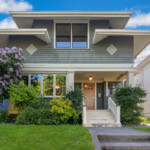

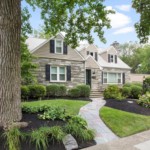
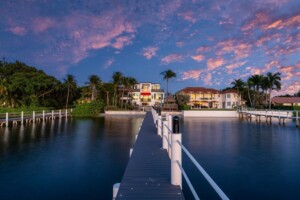

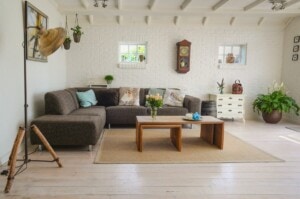
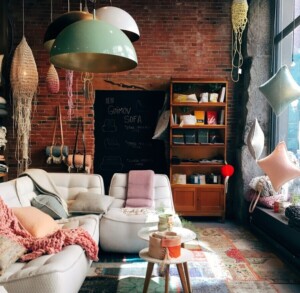
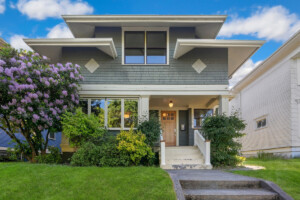




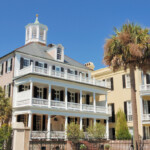


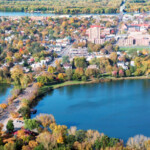





 United States
United States Canada
Canada